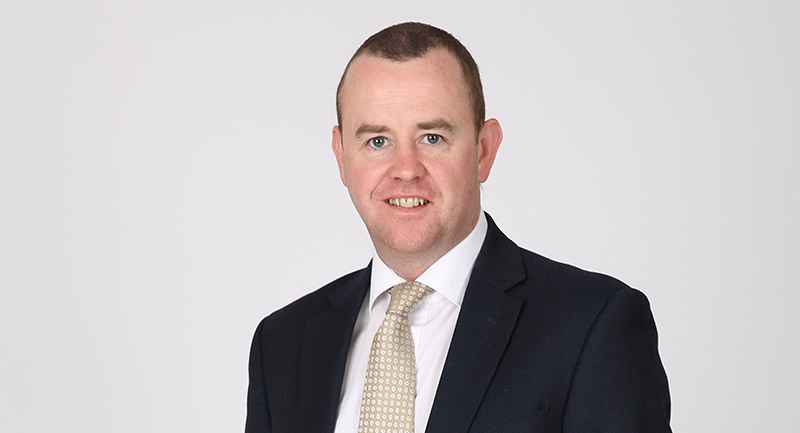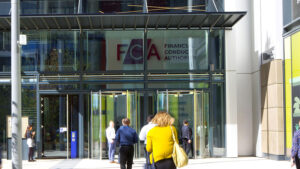It has been a topsy turvy ride for commodities investors over the past three years, with talks of a potential super-cycle often offset by the latest threat of a slowdown.
It’s fair to say 2022 has encapsulated that uncertainty. Commodities, as represented by the S&P GSCI – a benchmark of 24 commodities in agriculture, energy, and metals – has risen by almost 60%, year-to-date. By contrast, global equities are down almost 10%. However, returns have tailed off since mid-June as talk of global recession begins to bite.
Divide & conquer approach
We’ve always taken a divide and conquer approach to the asset class. The four subsets we use are energy, industrial metals, precious metals, and agriculture – all of which have distinctly different outlooks over the short term.
Energy has been the big winner in 2022, with gas prices surging amid the uncertainty caused by the Russia-Ukraine conflict. The oil story is positive on the supply side, with shale oil production slowing and fewer rigs being drilled on the back of the ESG push.
ESG brings us nicely onto industrial metals. The waters are a bit muddier here. On one hand the long-term story is more positive. Goldman Sachs predicts that copper demand will grow nearly 600% by 2030, while analysts also predict lithium and cobalt demand will rise by 40 and 20 times, respectively, by 2040.
But shorter term we must consider the slowdown in China, particularly within the property sector – with zinc and copper heavily tied to the prospects for this sector – a factor which has contributed to the declines in most assets from the levels seen earlier this year.
Gold has been something of a challenge throughout 2022. It’s typically a hedge against inflation, but even the gold market has been challenged by persistently very high inflation and central banks raising rates quickly in response. Gold also trades in an inverse direction to the US dollar – so it’s suffered as the latter has recently hit a 20-year high, reaffirming itself as the world’s reserve currency.
For the first time in a long while, gold also has competition for its safe haven status with US two-year treasuries well above the 4% mark, offering inflation protected income. Ultimately, the cautious view is that gold is a hedge against a collapse in the financial system and, for us, a monetary policy mistake is still the biggest threat to markets.
The case for investing in agriculture is the most straightforward of all. To end poverty and hunger by 2030, the world needs an additional $265bn to be invested annually – $140bn of which most focus solely on agriculture.
Outlook
Commodities play a multi-faceted role within portfolios, and while there may be a few short-term headwinds, it’s impossible to deny the strength of the story on a multi-decade timeframe.
Here are four potential entry routes for the asset class:
Defensive hedge – Jupiter Gold and Silver
Jupiter Gold & Silver invests in both physical gold and silver bullion, as well as gold and silver mining companies. The fund’s underlying philosophy is that gold is money: Manager Ned Naylor-Leyland believes gold and silver should be thought of as a currency, not a commodity. The fund combines physical gold and silver bullion with mining shares which offer deep relative value. The fund’s neutral position is 50:50 gold/silver. The fund is very sensitive to geopolitical risk and typically avoids mining companies which invest in dangerous parts of the world.
Old fashioned UK equity income for exposure to energy – City of London Investment Trust
With energy companies propping up the FTSE 100, and no end in sight for the Russia-Ukraine conflict, a good way to access some of these energy firms – like BP and Shell – is through traditional UK equity income portfolios. A good option here is the City of London Investment Trust. One of the longest-running investment trusts in the UK – it aims to provide growth in income and capital by investing predominantly in larger UK companies with international exposure. Manager Job Curtis currently holds both BP and Shell in the top 10 holdings.
The all-rounder – BlackRock World Mining Trust
This would be the logical option for those looking for a one-stop shop. Managed by Evy Hambro and Olivia Markham, this trust has significant flexibility to invest across various metals and mining companies, including unquoted companies. The trust also offers an alternative – and attractive – source of income to investors. The team can use the advantages of the closed ended structure to enhance returns for shareholders, while the managers are also able to invest in more nimble mining companies, with flexibility to shift allocations between commodities depending on their view at the time.
Tapping into LatAm hotspot – abrdn Latin American Equity
Latin America is a hotbed for those looking at precious metals. For example, Chile has the world’s largest reserves of both copper and lithium, while Peru has the world’s largest silver reserves. Managed by Eduardo Figueiredo and the global emerging markets equity team, the abrdn Latin American Equity fund’s primary investment concern is whether companies demonstrate outstanding quality characteristics, such as strong management and balance sheets. This is followed by a value approach – targeting stocks which appear to trade for less than they should do.







